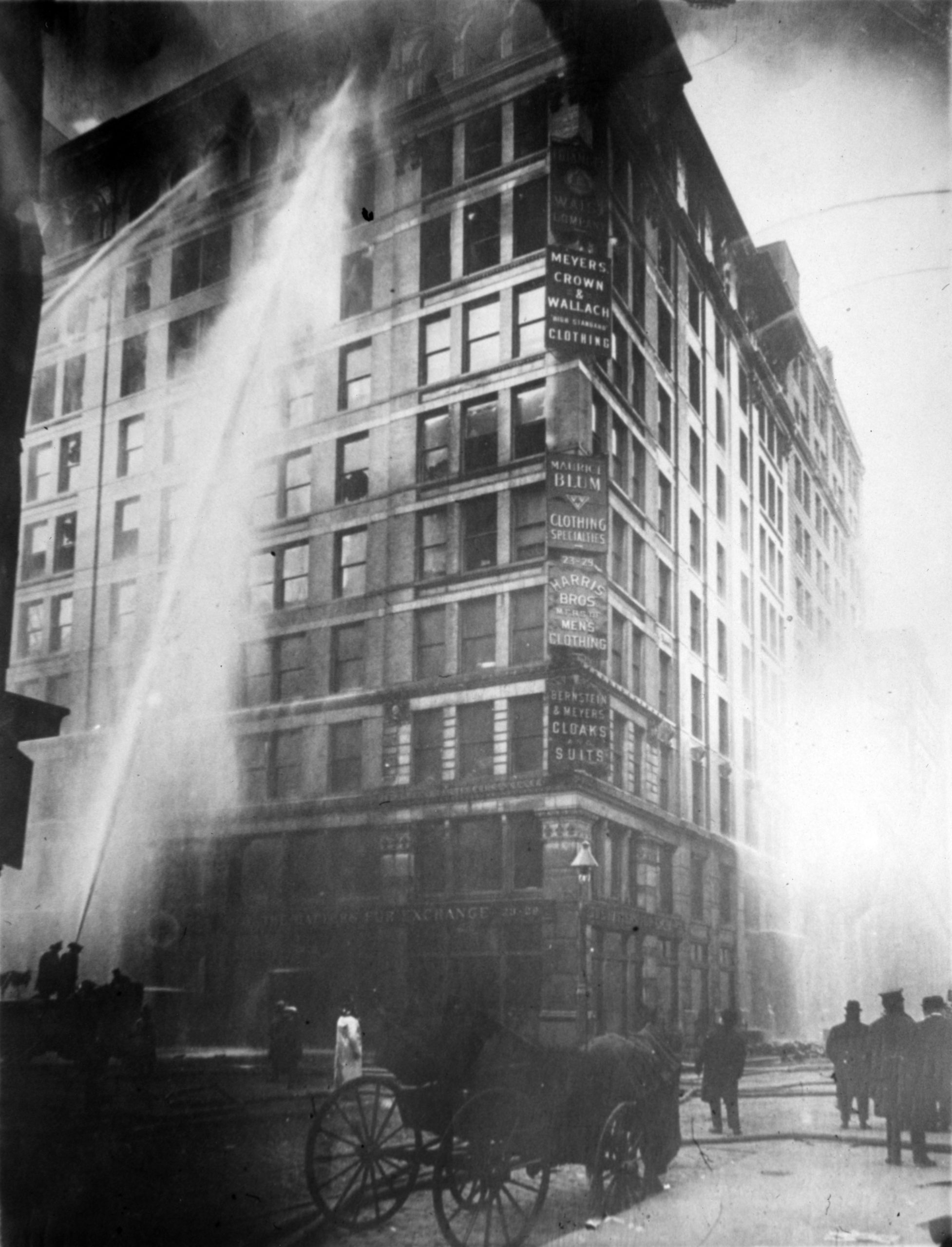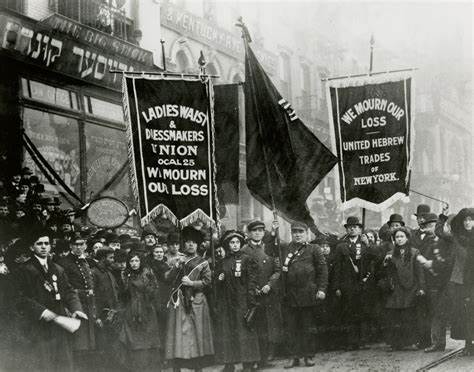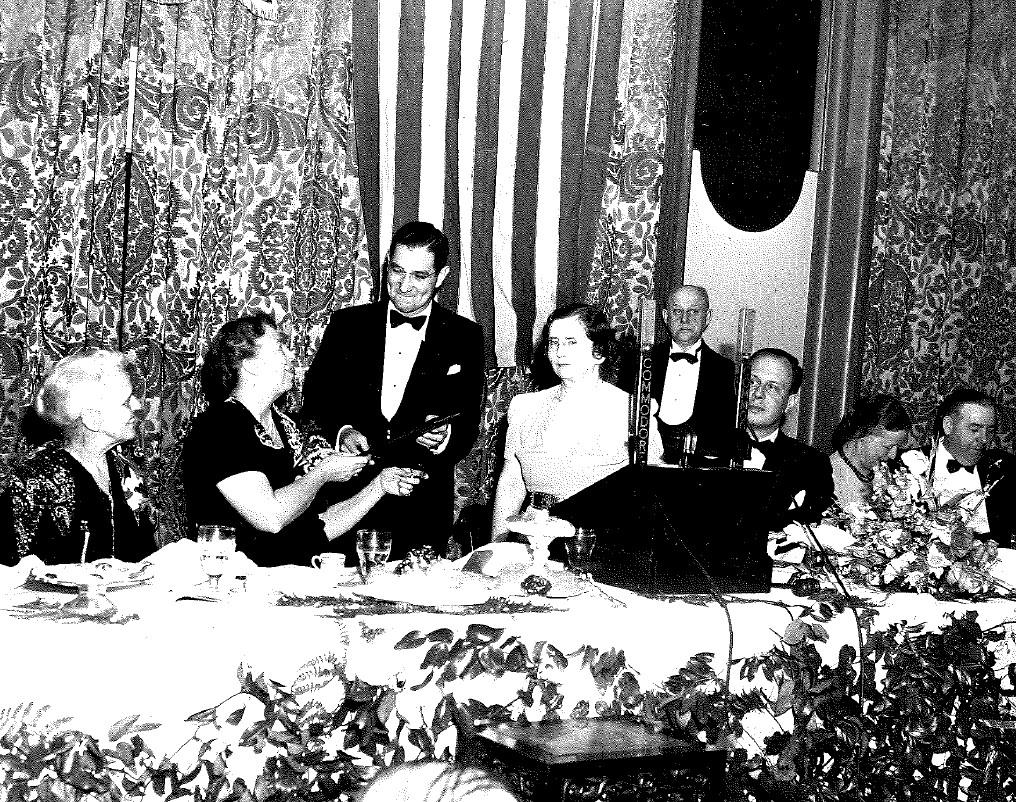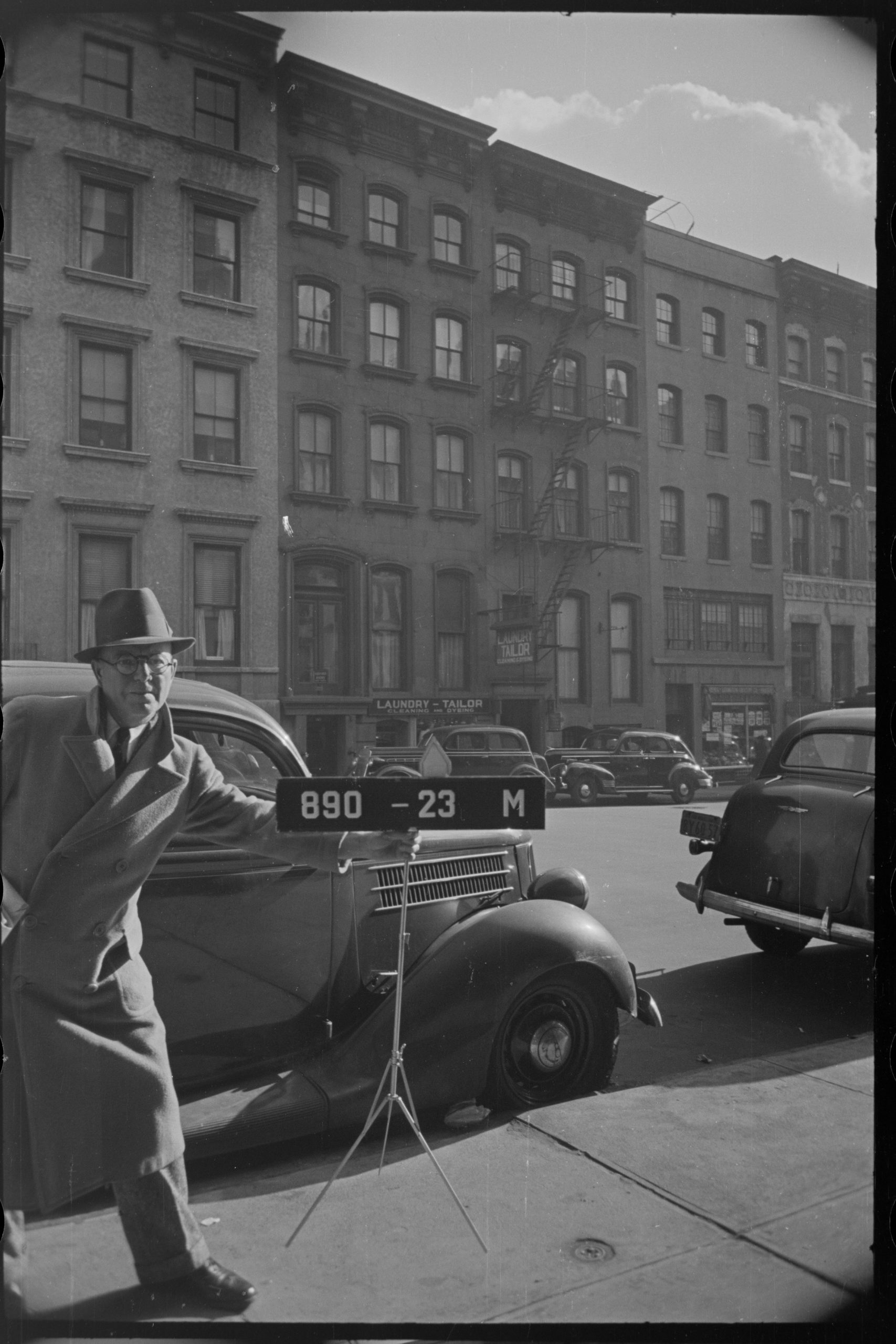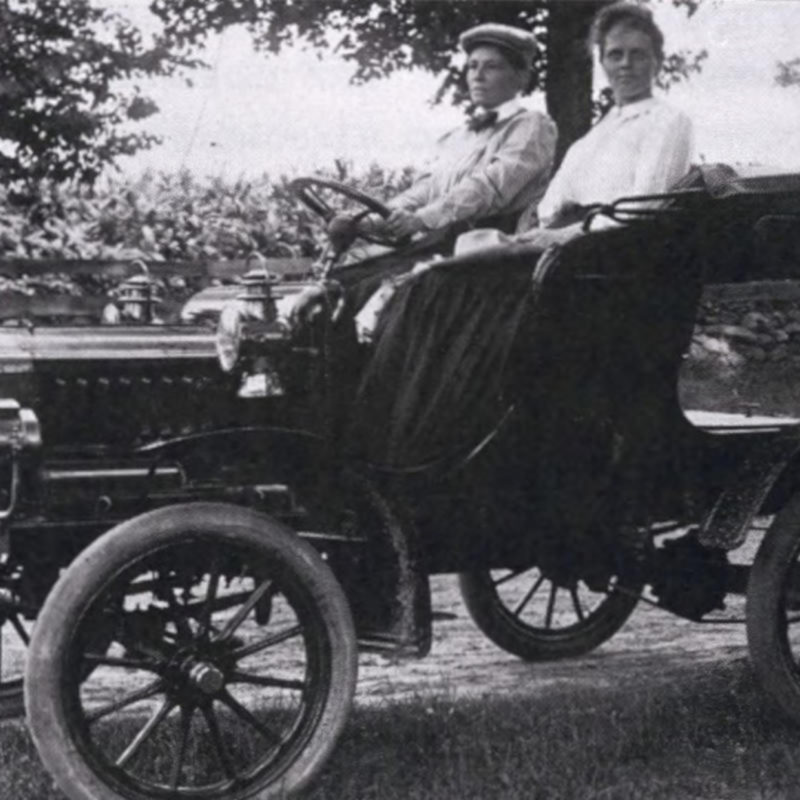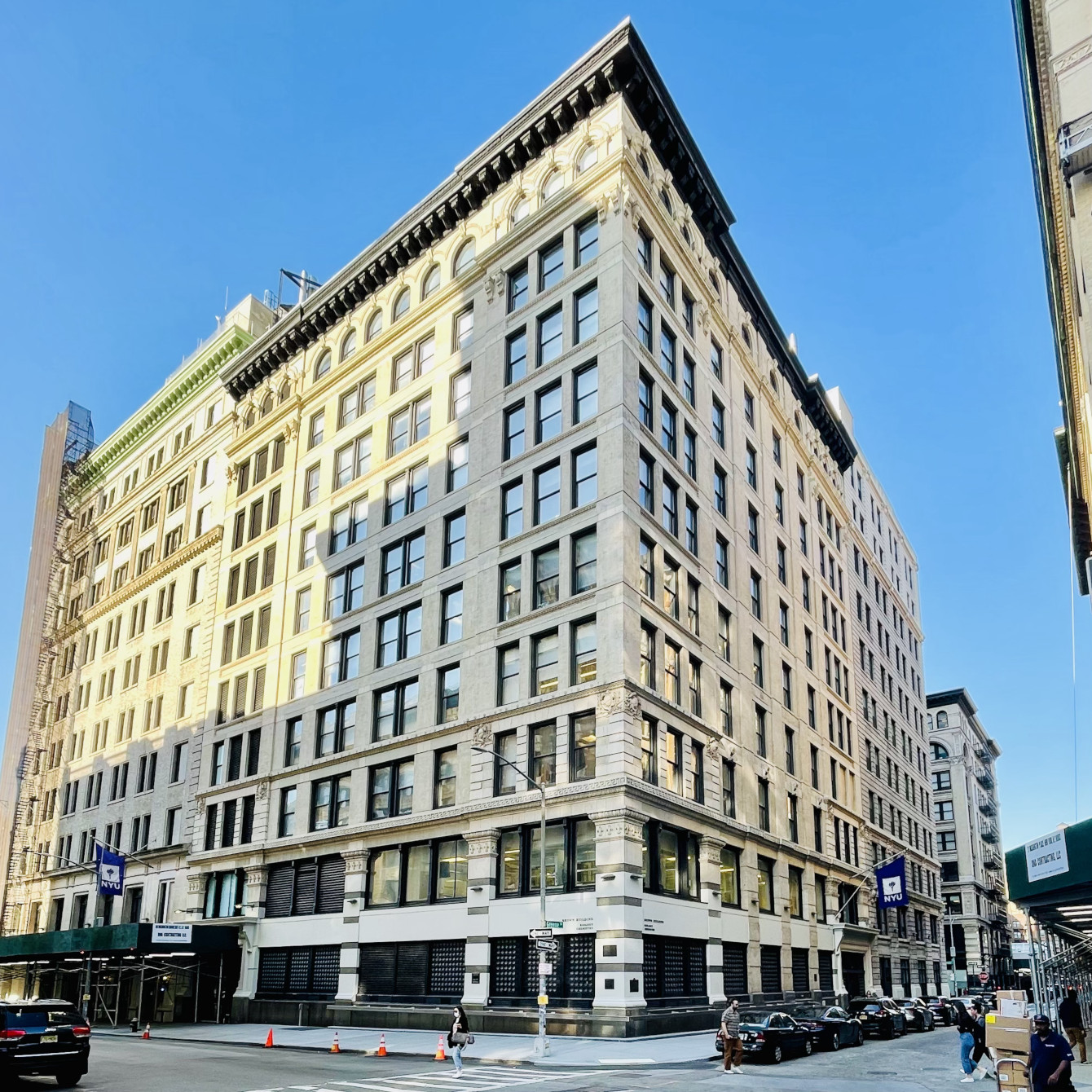
The Triangle Fire & Women’s Trade Union League
the building was originally known as the Asch Building and, later, the Brown Building
overview
The disastrous Triangle Waist Company fire of 1911 had a profound influence on labor reform in New York City and was an event that galvanized the women involved with the Women’s Trade Union League, one of the most important labor reform organizations in the country in the pre-World War II years.
Lesbian women, including several wealthy and working-class members of the Women’s Trade Union League, played a significant role in pushing for labor reform in the early 20th century.
History
On Saturday, March 25, 1911, a fire broke out in the shirtwaist factory of the Triangle Waist Company on the top three floors of the loft building on the corner of Washington Place and Greene Street. As a result, 146 workers, mostly Jewish and Italian immigrant women in their teens and twenties, were killed. This tragedy galvanized the efforts of labor reformers seeking laws regulating conditions, hours, and wages in factories. Among the leaders of this effort were activists at the New York Women’s Trade Union League (WTUL), many of whom were lesbian.
Labor reform, like social work, medicine and education, attracted educated women who undertook important social improvement work in a homosocial world. Perhaps the most prominent example of this type of organization in New York City is the still-active Henry Street Settlement, founded by Lillian Wald in 1893. The WTUL was unique among reform organizations in that it sought to bridge the social class divide by uniting affluent women and working women as equals. The WTUL sought to organize women workers into unions and later to advocate for suffrage and for laws that improved conditions for working women. Nancy Cook, Marion Dickerman, Mary Dreier, Helen Marot, Frieda Miller, Anne Morgan, Frances Perkins, and Eleanor Roosevelt were among the important wealthy social reformers active at the WTUL, while Rose Schneiderman, a former capmaker, rose to the presidency of the organization, often working closely with other former factory workers, including Pauline Newman and Maud O’ Farrell Swartz. The WTUL had its headquarters first at 43 East 22nd Street and then in a building at 247 Lexington Avenue that was purchased by one of the organization’s wealthy supporters (both demolished).
The Triangle Fire had a profound personal impact on many of the women who were or would become active in the WTUL. Newman had worked at the Triangle factory and Schneiderman had tried to organize the workers into a union, and both knew women who had died in the fire. Thus, the fire was, as historian Annalise Orleck has written, “both a personal loss and a bitter reminder of the urgency of their cause.” Frances Perkins felt that the fire was a transformative event in her life. She lived nearby at 164 Waverly Place and was having lunch with a friend on Washington Square North on the day of the fire. She ran over to the Asch Building just in time to see women jumping from the windows and landing with a horrible thud on the sidewalk. Orleck explains that Perkins’s “conscience was seared by what she saw that afternoon.”
On April 2, 1911, a memorial meeting was held at the Metropolitan Opera House (demolished), which was filled with both affluent reformers sitting in the orchestra and working people packed into the balconies. Following many tepid speeches, Rose Schneiderman came to the stage. Frances Perkins recalled the “girl [with] fiery red hair, and blazing eyes and pretty, too.” Schneiderman’s impassioned speech roused the working-class viewers and eventually energized the entire audience. “I would be a traitor to those poor burned bodies if I were to come here to talk good fellowship,” she began, continuing by condemning in particular, “the firetrap structures that will destroy us the minute they catch fire,” concluding that “I can’t talk fellowship to you who are gathered here. Too much blood has been spilled. . . .It is up to the working people to save themselves. The only way is through a strong working-class movement.”
Following the Triangle disaster, New York governor John Alden Dix established a Factory Investigating Commission (FIC). The WTUL had close ties with the FIC and prioritized the passage of laws that would ensure factory safety. Perkins, Schneiderman, and Newman became friends, working together on post-fire reform efforts. Perkins and Newman were hired as factory inspectors by the FIC and Schneiderman served as a consultant and as an advocate for the FIC’s proposed laws and regulations. The tragedy of the Triangle fire persuaded the women of the WTUL that organizing women into unions was not enough to help alleviate horrible working conditions and low wages. The male-dominated unions, including the ILGWU, were not always supportive of women organizers and refused to allow women into positions of leadership at the union. Thus, the WTUL turned its focus to two areas: suffrage advocacy, arguing that women needed the vote so that they could support politicians who would help working women, and furthering governmental regulation, such as the new laws that resulted from the FIC’s investigation and which eventually influenced the New Deal, enacted by President Franklin D. Roosevelt between 1933 and 1939.
Entry by Andrew S. Dolkart, project director (September 2022).
NOTE: Names above in bold indicate LGBT people.
Building Information
- Architect or Builder: John Woolley
- Year Built: 1900-01
Sources
Annelise Orleck, Common Sense and a Little Fire: Women and Working-Class Politics in the United States, 1900-1965 (Chapel Hill: University of North Carolina Press, 1995).
Gale Harris, Brown Building (originally Asch Building) Designation Report (New York: Landmarks Preservation Commission, 2003).
“Mass Meeting Calls for New Fire Laws,” The New York Times, April 3, 1911, 3.
Nancy Schrom Dye, As Equals & As Sisters: Feminism, Unionism, and the Women’s Trade Union League of New York (Columbia: University of Missouri Press, 1980).
Do you have more information about this site?
This project is enriched by your participation! Do you have your own images of this site? Or a story to share? Would you like to suggest a different historic site?
